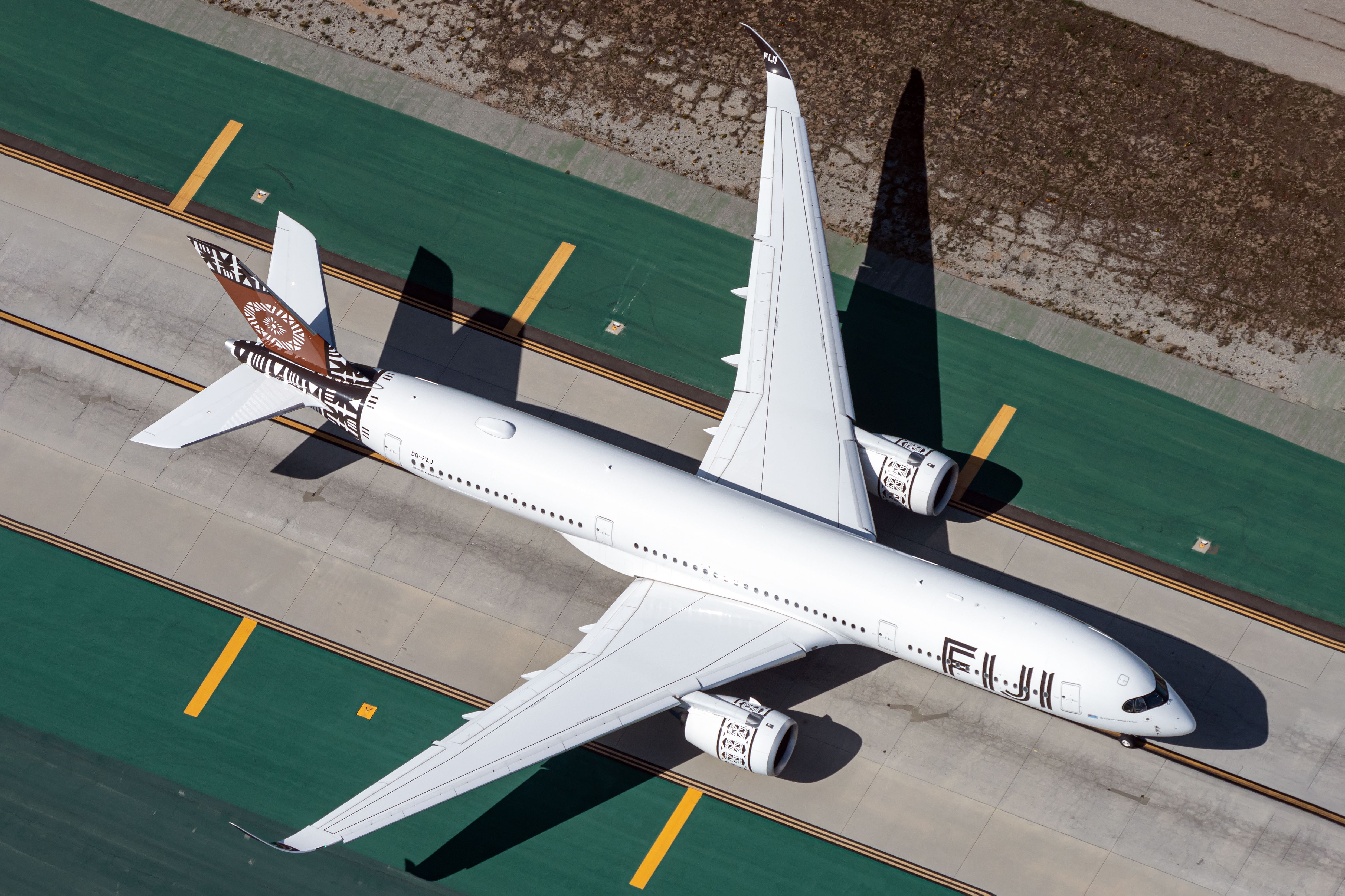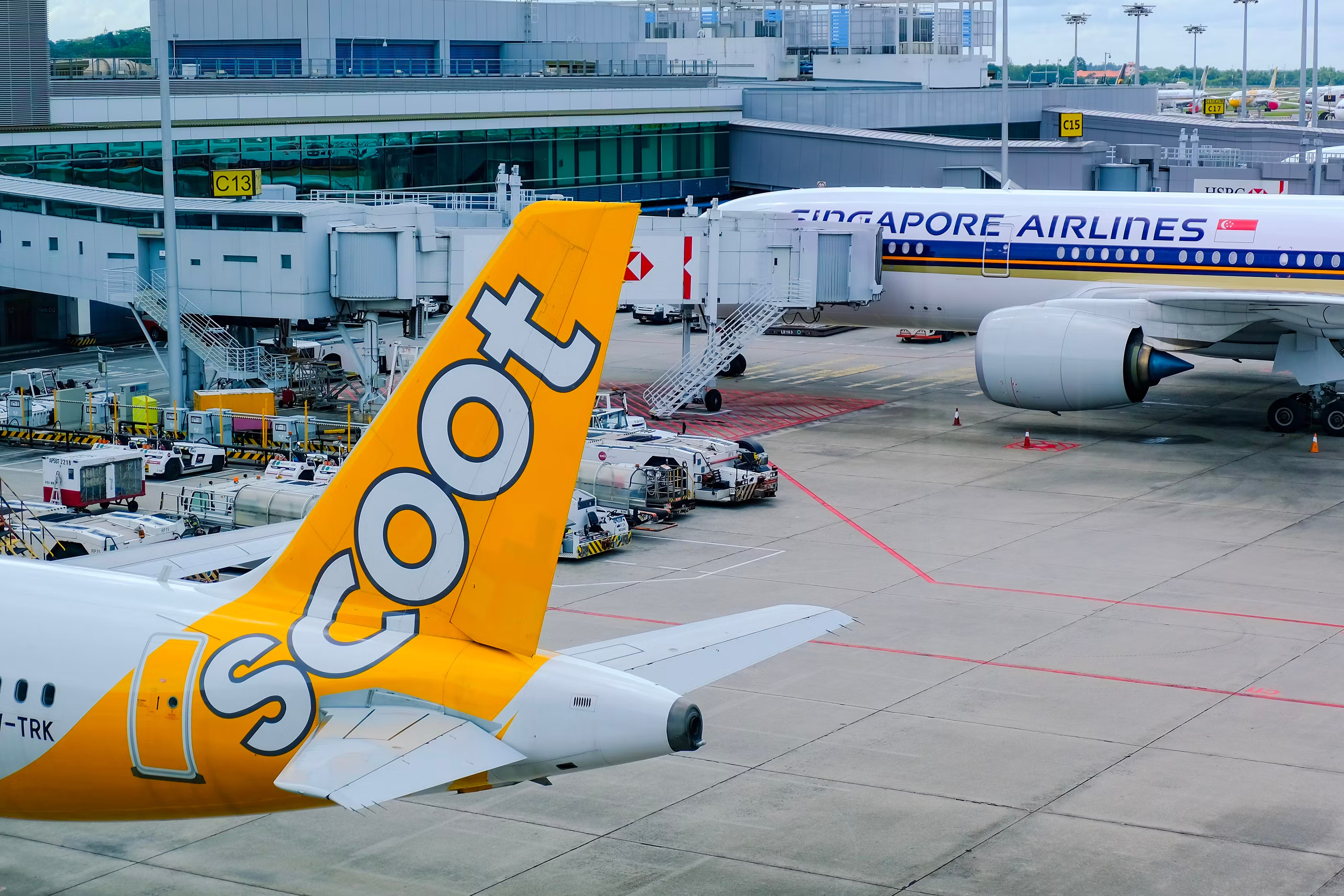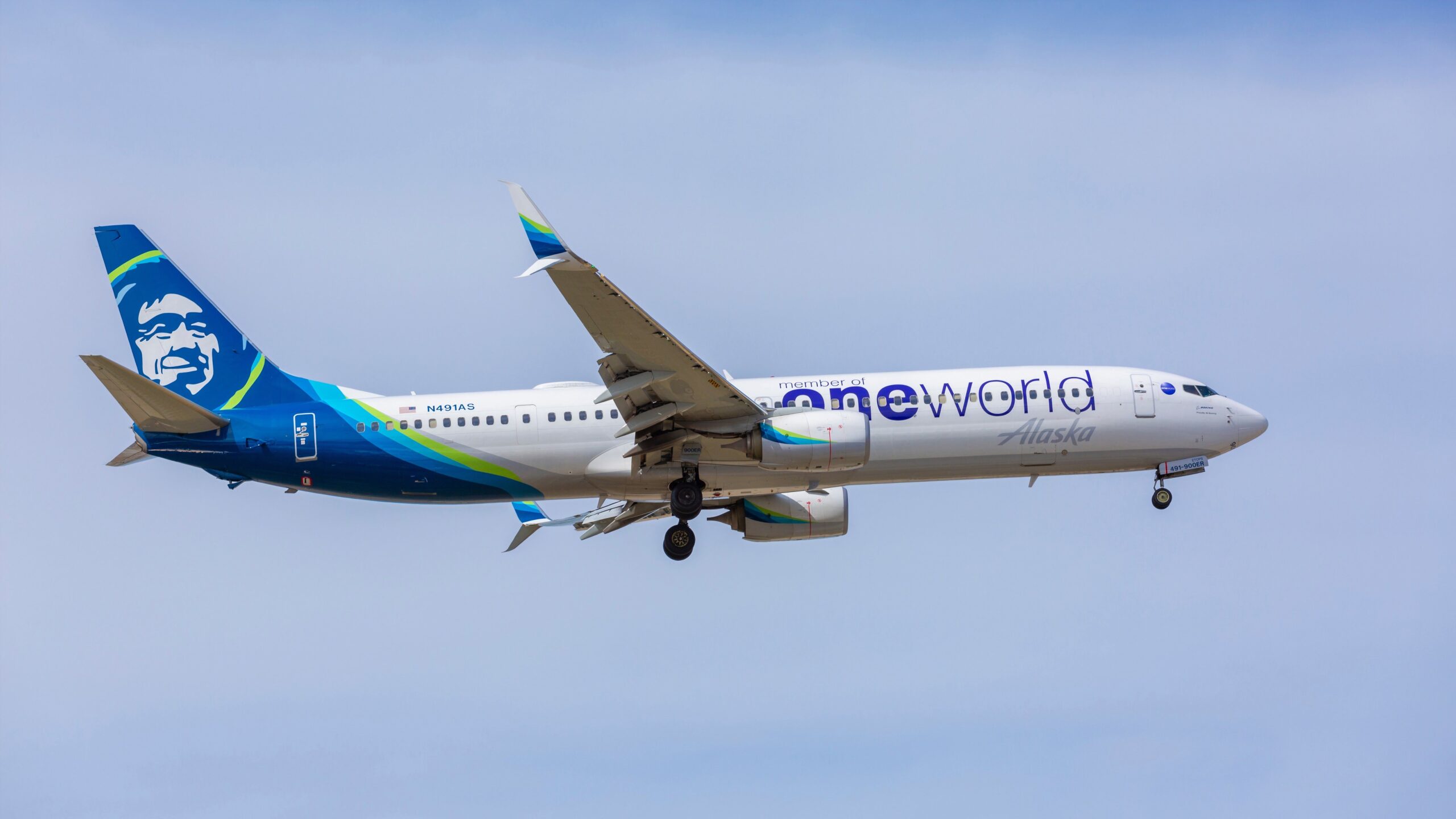Summary
- Fiji Airways and Oman Air are joining oneworld in 2025.
- Close analysis and simulations help determine the best airline candidates for alliance membership.
- Growing alliances ensure streamlined international connections in crucial regions like the APAC and GCC.
The oneworld alliance is growing, with two new airlines joining the global network of carriers in the coming year.
Which new airlines are going to join?
During the recent IATA Annual General Meeting in Dubai, Fiji Airways, based in the eponymous archipelago, surprised everyone by announcing its plans to elevate its status from a connecting member to a full-fledged member by 2025.

Related
Fiji Airways To Become A Full Member Of oneworld
The airline alliance continues to grow its membership base.
Across the Asia-Pacific region, their new connections will be made possible to travelers worldwide thanks to Cathay Pacific, Japan Airlines, Malaysia Airlines, and Qantas. Meanwhile, while in the Mainland USA, passengers will also benefit from the combined networks of American Airlines and Alaska Airlines, the latter of which became a member in 2021.
In a related development, an article we published in February 2024 disclosed the upcoming inclusion of Oman Air as the second Gulf Cooperation Council (GCC) state carrier to join oneworld. This move is significant as airlines in this region, except Qatar Airways, have tended to stay non-aligned. Despite being global superconnectors, Emirates and Etihad have chosen not to align with significant airline alliances.
How do alliances find new members?
During the AGM, one of our journalists sat down with Nathaniel Pieper, CEO of the oneworld Alliance, to discuss the alliance’s future.
“It all starts with numbers and math and facts. And so I think the first thing that would be okay if a member of a candidate airline comes and wants to join oneworld, the first thing we would do is run numbers. What’s the airline? What does that airline look like? How much traffic would it add? What kind of cities would it add or not?”
New members are a real benefit but must be carefully selected.
The CEO emphasizes that building alliances is crucial for fostering connections and collaboration. It is essential to have members who can bring in substantial traffic while maintaining harmonious relationships with other crucial members of the alliance.
“We look at the most valuable markets and see if there’s a benefit for that. Then, we simulate traffic flows. It’s great that it creates more destinations but might also damage three or four of my existing members.”
In addition, he emphasizes the importance of recognizing that there are occasions when it might not be essential to seek out new members continually. Instead, the focus could be on supporting the development of current members within their respective markets.
“If we can have an existing member grow organically to cover some of that space, that might be a better way to do it.”
“We don’t have many carriers today that have tremendous overlap. I can’t—I don’t think the other two alliances can say that part of it is because we haven’t been overzealous and added new members because they’re going to compete with somebody.”

Related
IATA Expects $30.5 Billion Airline Net Profits In 2024
While IATA expects airline profits to grow in 2024, it is questioning if profit margins are sustainable so far below the cost of capital.
Bottom Line.
As international traffic grows and recovers from several years of downturn, the need for streamlined connections in geographically significant areas like the APAC or the GCC becomes increasingly critical. Alliances like oneworld try to respond by allowing hand-picked airlines to join their networks and connect the world through a web of aligned carriers.

